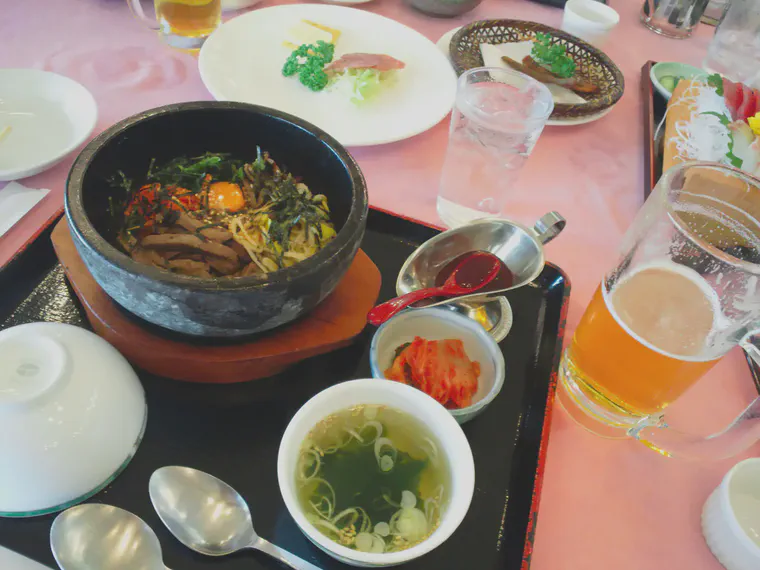Not the usual everyday maintenance
This isn’t the usual everyday maintenance, unless one is in Japan, in which case these things are routine. On an early autumn visit to Ryugasaki Country Club, I had a chance to observe some of the maintenance work, and I thought it would be interesting to share a few things I saw that are common on Japanese golf courses and less common elsewhere.
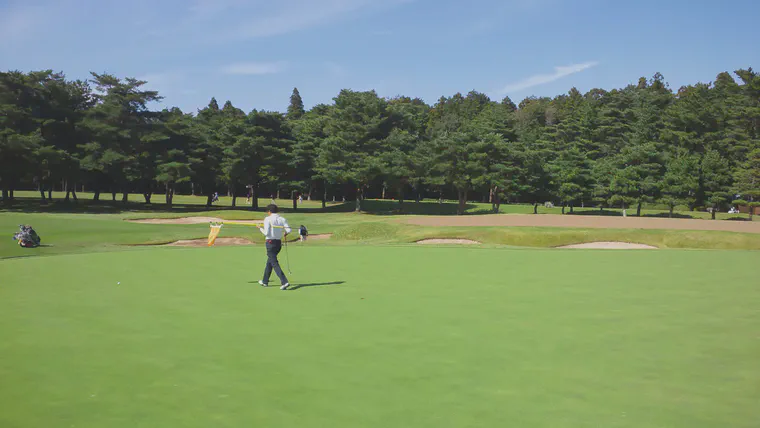
Like many courses in Japan, Ryugasaki uses the two green system. Two greens are not ubiquitous, but they are common. Above is the 18th alternate green, and in the background, with the aerification cores on it, is the 18th main green. There were 33 groups playing on this day, about 125 golfers, and they were able to play on smooth greens while the main greens were being core aerified. More about the coring below.
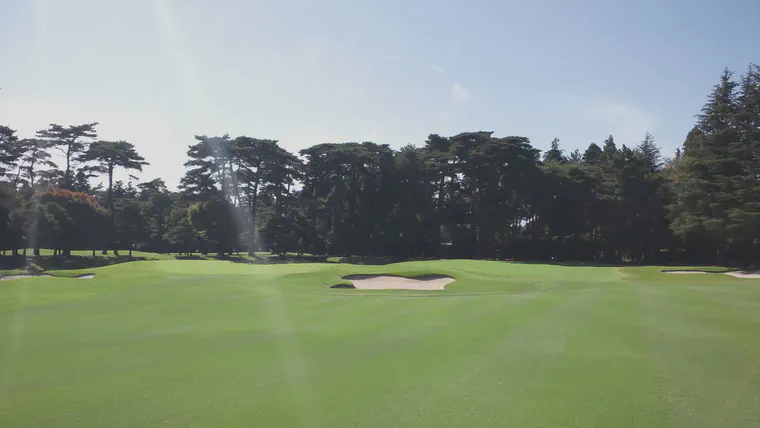
At Ryugasaki, there are two bentgrass greens. The two green system is not just “summer” greens and “winter” greens; many (certainly most that I have seen) courses with the two green system have two bentgrass greens.
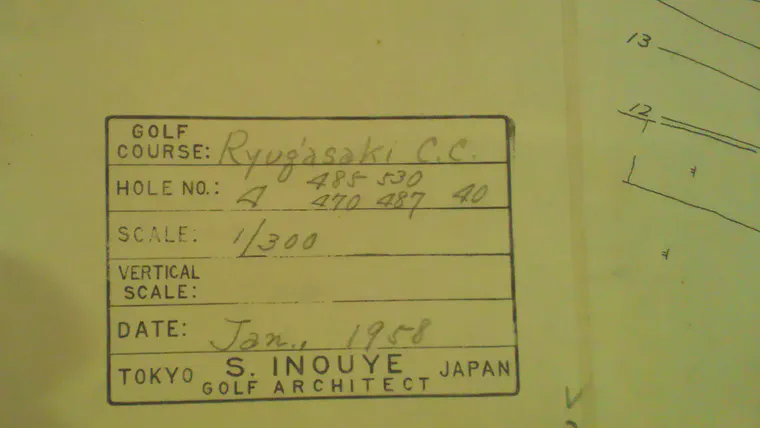
Detailed drawings from course architect Seiichi Inoue are on display in the clubhouse. This is a classic Kanto area course that has hosted the Japan Open and the Japan Women’s Open.
I’m not generally a fan of two greens, and most greenkeepers would prefer one green – two greens require a lot of extra work – but on a day like this, when the greens are being cored, it does allow the course to operate normally and charge a full green fee and provide a fine putting surface to the members and guests.
The Hatsuta sweeper does a fine job in collecting the cores after aeration.
There was even a Shibaura fairway mower with the vacuum box to collect all the clippings.
These machines are really useful in Japan, not only because they work so well, but also because they are efficient. Ryugasaki CC, with its 18 holes, has 2 greens on every hole plus 4 practice greens. So that is 40 bentgrass greens to manage.
I spoke with the greenkeeper, Mr. Watanabe, and he explained that this is all done with a full time staff of 12, including himself. There are 4 part-time staff who work a few hours each day. With a relatively small staff to maintain so much turf, the automated machines are almost essential.
Mr. Watanabe would prefer to manage just one green, but as it is, he is managing two. The main greens are 007 creeping bentgrass, and the alternate greens are CY-2. How difficult is it to manage creeping bentgrass here in the summer? I looked up the daily temperatures from 1 May to 19 October 2013 for Ryugasaki, Atlanta, and Philadelphia.
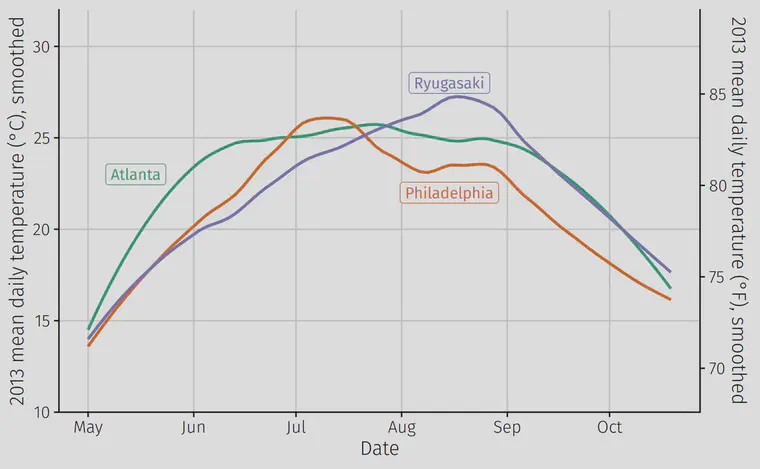
One can see that the high summer temperatures come to the American cities first, but from late-July into September, it was hotter that year at Ryugasaki than it was in Atlanta.
How’s the trend, then, in Japan, for converting bentgrass greens to ultradwarf bermudagrass? There are a few courses in Japan making the conversion, or recently converted. Certainly it would seem that a course with 2 bent greens might be an ideal candidate to change at least one green to bermuda.
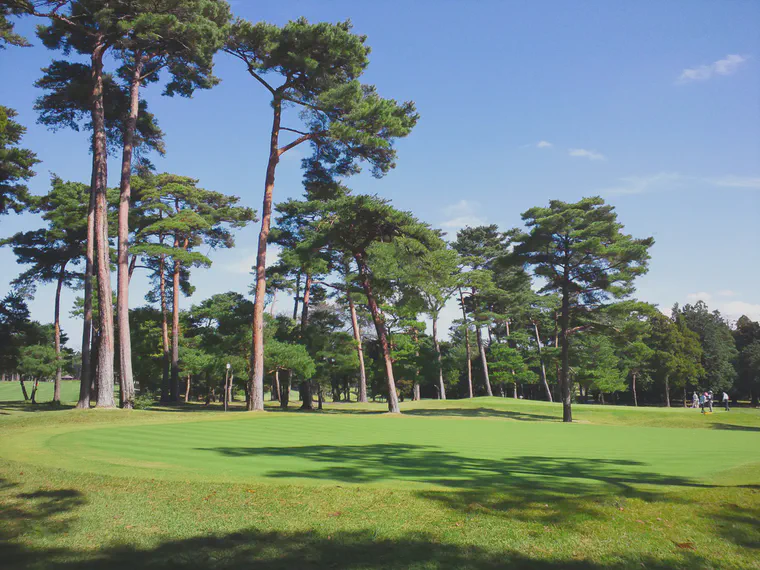
One challenge to the use of ultradwarf bermudagrass is the close proximity of trees to many of the greens. There tend to be a lot of trees on older golf courses in Japan. And with cool-season turf, or with the korai (Zoysia matrella) and noshiba (Zoysia japonica) turf used in Japan, the trees can be tolerated. With ultradwarf bermudagrass, however, the midday shade, as I saw on many greens, would be less than ideal.
A common disease of noshiba rough in autumn is the splendidly-named elephant’s footprint (Rhizoctonia cerealis).
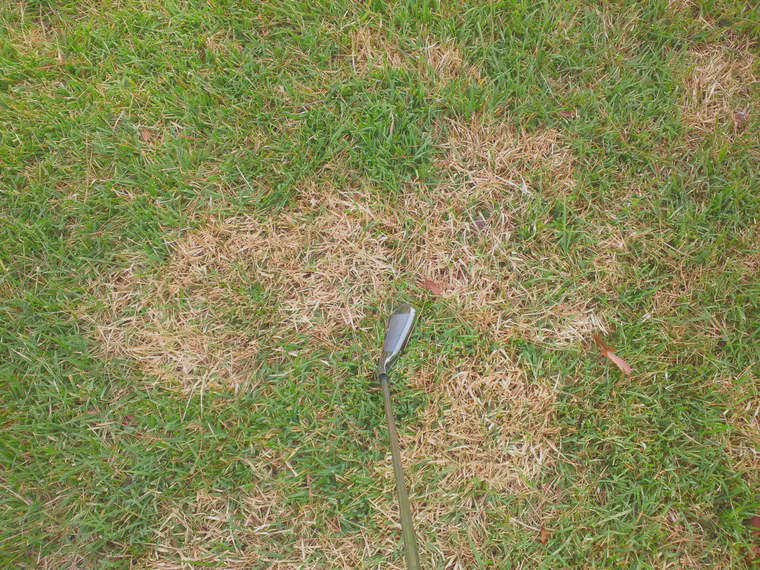
Two greens, growing bentgrass in weather hotter than Atlanta, specialized machines, relatively low maintenance crew sizes, lots of shade, and unusual turf diseases—these are all a part of everyday maintenance in Japan.
And one more thing that is an everyday occurrence on Japanese golf courses is this: lunch. Golf is played for nine holes, then one stops for a full lunch in the clubhouse, and goes back out for the second nine holes, for which one is assigned a second tee time as well, with a full stomach.
